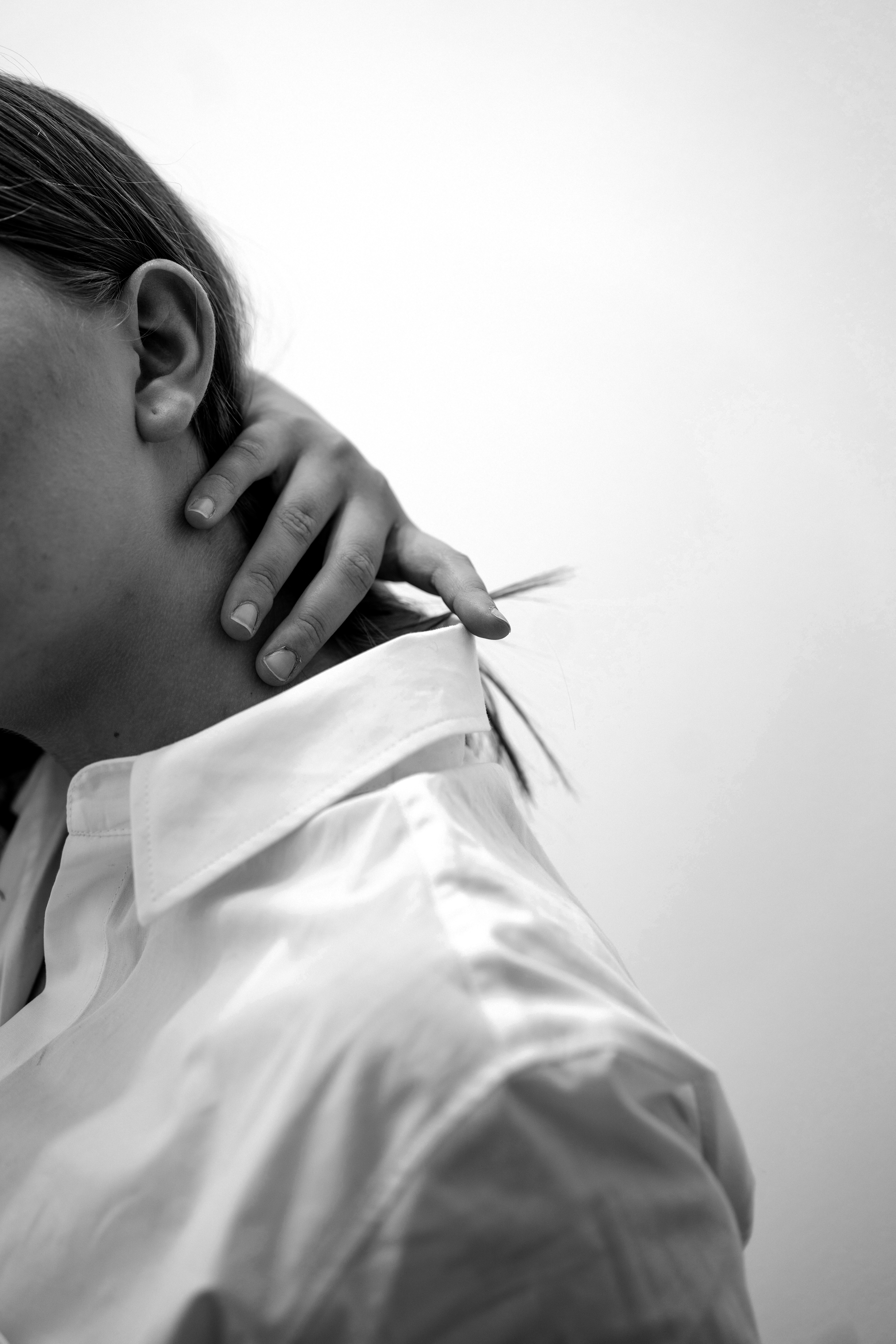Thoracic Outlet Syndrome
Thoracic Outlet Syndrome (TOS) is a potentially painful and disabling condition of the upper extremity. It results from the compression of structures in the thoracic outlet, a space just above the first rib, and behind the clavicle (collar bone). Due to the range of signs and symptoms that can lead to a diagnosis of TOS, the incidence rates of the condition currently are unknown. Physical therapists work with individuals who have TOS to ease their symptoms and restore their upper-body function.
How Does It Feel?
Because TOS generally is classified based upon the type of structures compressed, the symptoms experienced may vary. However, more than 90% of TOS cases are thought to be neurogenic (nerve compression) in nature (categories 3 and 4 below).
Arterial TOS
· – Pain in the hand; rarely in shoulder or neck
· – Coldness or cold intolerance
· – Numbness and tingling
Venous TOS
· – Pain in the arm
· – Swelling in the arm
· – Change in arm coloration (appears bluish)
· – Feeling of heaviness in the arm
· – Numbness and tingling in fingers and hands
True Neurogenic TOS
· – Pain, numbness, and tingling in the hand, arm, shoulder, and often the neck
· – Headaches
· – Numbness and tingling of the arm, often waking the individual up at night
· – Hand clumsiness
· – Intolerance to cold
· – Hand coldness and color changes
Disputed Neurogenic TOS
· – Pain, numbness and tingling in the hand, arm, shoulder and often the neck
· – Headaches
· – Numbness and tingling of the arm, often waking the individual up at night
· – Hand clumsiness
· – Intolerance to cold
· – Hand coldness and color changes
· – Symptoms greater at night vs day
· – Tests may come back normal (hence, the term “disputed”)
How Can a Physical Therapist Help?
Once you have received a diagnosis of TOS, your physical therapist will work with you to develop a treatment plan to help ease the discomfort, and improve your ability to perform daily activities. Most research on this condition recommends a treatment plan that involves physical therapy to help ease your symptoms and improve function.
Physical therapy treatments may include:
– Manual Therapy
– Movement and Strengthening Exercises
– Education
– Activity modification and postural strategies
Further Reading


0 Comments